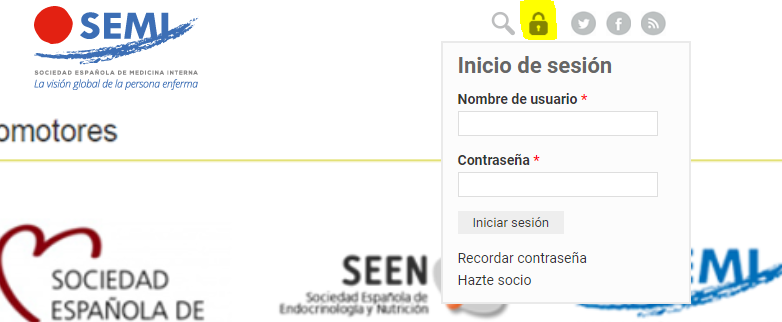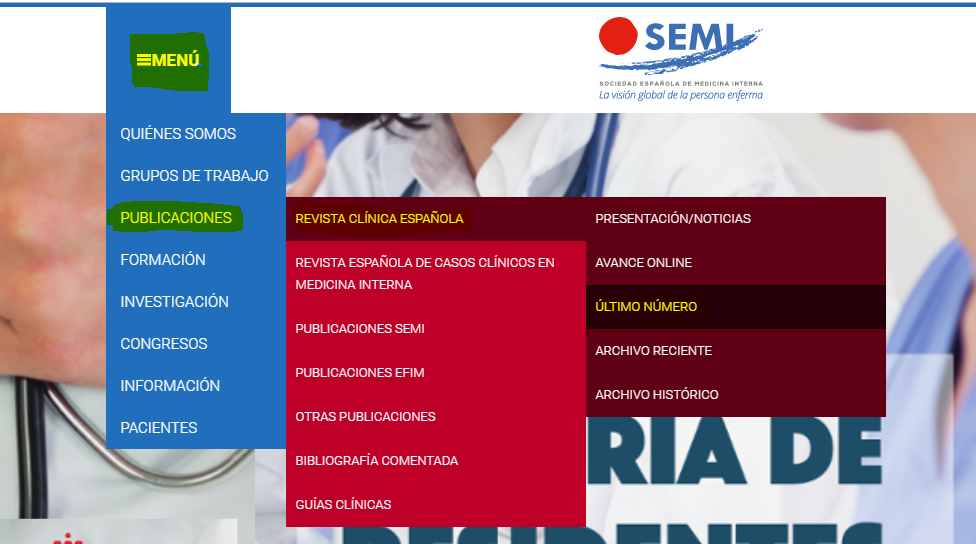More than three years have passed since the first case of a new coronavirus infection (SARS-CoV-2) in the city of Wuhan (Hubei, China). The Wuhan Institute of Virology was founded in that city in 1956 and the country’s first biosafety level 4 laboratory opened within that center in 2015. The coincidence that the first cases of infection emerged in the city where the virology institute’s headquarters is located, the failure to 100% identify the virus’ RNA in any of the coronaviruses isolated in bats, and the lack of evidence on a possible intermediate animal host in the contagion’s transmission make it so that at present, there are doubts about the real origin of SARS-CoV-2. This article will review two theories: SARS-CoV-2 as a virus of zoonotic origin or as a leak from the high-level biosafety laboratory in Wuhan.
Han pasado más de tres años desde el primer caso de infección por un nuevo coronavirus (SARS-CoV-2) en la ciudad de Wuhan (Hubei, China). En esta misma ciudad se fundó en 1956 el Instituto de Virología de Wuhan y en 2015 abrieron en este centro el primer laboratorio de bioseguridad de nivel 4 del país. La coincidencia de ciudad entre los primeros casos de infección y la sede del instituto de virología, sumados a la fallida identificación del RNA del virus al 100% en ninguno de los coronavirus aislados en murciélagos, junto con la falta de evidencia sobre el posible animal intermediario en la transmisión de contagio, hacen que a fecha de hoy surjan dudas sobre el origen real del SARS-CoV-2. En este artículo revisaremos dos teorías, el SARS-CoV-2 como origen zoonótico o como escape del laboratorio de alta bioseguridad en Wuhan.
Article
Diríjase desde aquí a la web de la >>>FESEMI<<< e inicie sesión mediante el formulario que se encuentra en la barra superior, pulsando sobre el candado.

Una vez autentificado, en la misma web de FESEMI, en el menú superior, elija la opción deseada.

>>>FESEMI<<<






